The migration of China’s secret societies to America led to the most violent Asian gang war in US history.
Secret societies in China, also referred to as Hock Sair Woey (Black Society), whose origins date back to the first century A.D., were formed as tongs (“clubs” or “meeting halls” in Cantonese) in America beginning in the mid-19th century. Their illegal activities included running gambling halls, loan sharking, collecting debts, extorting businesses, smuggling of fellow countrymen and prostitutes, operating opium dens, and murder. With the exception of the Tong Wars that took place between the late 19th to early 20th century in San Francisco, the tongs co-existed peacefully for the most part due to their lack of soldiers.
Chinese Youth
In 1964, a group of immigrant kids from Hong Kong and Macao who had settled in San Francisco Chinatown got together and formed the Wah Ching (Chinese Youth) gang. Initially, they banded together to defend themselves against being bullied by ABCs (American-born Chinese) at various middle and high schools. The Wah Chings started with only a dozen, but their membership grew rapidly. Retaliation against the ABC kids was fierce and brutal. Many of these gang members grew up on the rough streets of Hong Kong and Macao where gangs were ruthless. Many had spent a good part of their youths in brutal prisons.
By 1969, a number of members broke away from the Wah Ching and formed their own gangs. This was instigated by select tongs, whose elders wanted to recruit young gang members who could speak the native language and honor their traditions. Attempts in the past to recruit ABCs into the secret societies backfired, as most of the ABC youth were not fluent in Chinese and their political tendency toward Maoism clashed with tong members who vehemently supported the nationalist government of Taiwan.
The proliferation of immigrant Chinese youth gangs during this period was not only taking place in the Bay Area but in virtually all countries where Chinatowns had been or were being established. Secret societies had seized on the opportunity of China’s relaxed emigration policy during the 1960s and 1970s.
From 1969 to 1978, San Francisco Chinatown was turned into a war zone where tongs and one particular gang battled to control the neighborhood rackets, which also included illegal sales of fireworks. The traditional Chinese secret societies (ironically) became interested in the lucrative business associated with their adopted country’s annual 4th of July holiday celebrating its independence. This gang war would culminate in the infamous Golden Dragon Restaurant Massacre.
Traditions Remain Strong
Tongs and other Hock Sair Woey groups in the United States followed traditional initiation rituals, which typically involve sacrificing of animals and taking oaths that pledge loyalty, secrecy, allegiance for life, and other codes of conduct. Members who switched to a different clan or committed other acts of betrayal faced death. Throughout the years, police raids on tong headquarters and gang safe houses revealed altars and material that were used for initiation ceremonies. Statues of General Guan Yu (also referred to as Guan Kung and Guan Di, meaning Lord Guan and Emperor Guan, respectively), a historical figure revered by the underworld, were usually the centerpiece of these altars. The general, who served under a warlord during the Han dynasty and recognized as the god of war, symbolized the virtues of loyalty and righteousness.
When the gunfire ended, one Joe Boy member lay dead and two others were wounded. This showdown was over the extortion of dealers selling illegal fireworks.
In Chinese literature, there is a popular story set in the 17th century titled “The Water Margin.” The tale centers on a band of Robin Hood-type outlaws based in the mountains near Shantung. They took money from oppressive government officials and lived by the credo, Chung Yi – Loyalty and Righteousness.
On Chinese New Year, 1972, a young gang leader named Joe Fong and his friends, who had been members of a secret society based in San Francisco called Yow Lay (Good Fortune), left abruptly and formed a new group. They adopted the name Chung Yi. In time, they were simply known on the streets as “Joe Boys.” Prior to the official formation of this new gang, three of Fong’s friends were abducted and executed. Their bodies were disposed of in the manner of secret society rituals; all had been beaten, strangled, and hog-tied. Two were found in the bay – known as “riding the water.” Around this time, one of Fong’s lieutenants was shot and killed in broad daylight in the middle of Chinatown.
Gang Warfare
By 1976, the Joe Boys had become quite strong with 150 to 175 members. In addition to fighting the Wah Chings, who had aligned themselves with the Hop Sing Boys (the latter called themselves the Tornadoes in order to conceal their tong affiliation), the Joe Boys were also battling the Suey Sing Boys as well as the John Louie Boys. From 1972 to 1978, the gang war between the group headed by Joe Fong and their enemies would claim an estimated fifty lives.
Tongs who used kids as soldiers usually maintained some distance from them – especially when arrests occurred. Attorneys’ fees were funneled through friends or the young members’ families. In the 1970s, the tongs were trying to convince the public that they were legitimate organizations that had moved away from past criminal activities.
Functioning in the gang during wartime meant maintaining a low profile to avoid attracting attention of the police, while projecting an intimidating image on the streets. The Joe Boys, for example, usually moved in large numbers but took different routes to reach their destination. Before entering a restaurant, nightclub, theater or pool hall – reconnaissance was necessary. The first group to arrive checked the place out and scouted for familiar cars in a two to three-block radius. When it came time to leave, the drivers accompanied by another person retrieved the cars and picked up the rest of the passengers. These precautions were not done for dramatics. It was all part of the survival game.
Joe Boys’ gang members also avoided sitting in a large group for strategic reasons, with no more than four people together. In a theater, for example, if one group was attacked or got in a fight, their opponents would be ambushed from all sides. If cops showed up and questioned or arrested one group, they would be on their own.
Guns were the weapons of choice. By the mid-1970s, gangs in San Francisco Chinatown had easy access to revolvers, automatic pistols, semiautomatic rifles, and shotguns (in all sizes, shapes, and calibers). Virtually everyone had a source. Some of the middle school kids recruited into the Joe Boys gang were rewarded with guns.
Massacre
The Golden Dragon Massacre was the worst mass murder in San Francisco’s history. The crime threatened the city’s sanctity and livelihood. It exposed the dark side of the Chinese culture to the entire world.
The main catalyst that led to the massacre was a wild shootout in the streets of Chinatown two months earlier, on the evening of July 4, 1977. When the gunfire ended, one Joe Boy member lay dead and two others were wounded. This showdown was over the extortion of dealers selling illegal fireworks.
Chinatown residents had already felt terrorized by the violence since the gang war began, astutely staying indoors after dark.
ABC kids have been peddling fireworks in Chinatown leading up to the 4th of July celebration since the 1950s. Up until 1972, the main concern the dealers had was staying a step ahead of the police. But then the business turned really ugly. The Wah Chings started demanding protection money from dealers. On top of that, these gangsters were selling fireworks as well. Dealers were supposed to pay and compete with them. Raising the prices to cover the payoffs wasn’t prudent because the gangsters undercut the dealers’ prices.
During the summer of 1977, the Joe Boys negotiated with the fireworks dealers to protect them. On the evening of July 4th, the Wah Chings and Hope Sing Boys faced off against the Joe Boys in front of the projects in Chinatown – and that’s how the shootout went down. Adding fuel to the fire was the discovery by the Joe Boys shortly after the gunfight that the gravesites of deceased fellow members had been desecrated. This violated an unwritten, longstanding code in the underworld that enjoins respect for the dead.
The Golden Dragon Massacre, which occurred on Sunday, July 4, 1977 at 2:40 a.m., was carried out by three Joe Boys, who were armed with a semiautomatic rifle, pump action shotguns, and a handgun. Their targets were leaders of the Wah Ching and Hop Sing Boys gangs and their underlings who were dining in the restaurant. The assault left five dead and eleven wounded, including tourists. Not a single gangster was injured.
Chinatown residents had already felt terrorized by the violence since the gang war began, astutely staying indoors after dark. ABCs referred to the neighborhood as Dodge City and the Wild, Wild West. Immediately following the massacre, out-of-town visitors avoided Chinatown like the plague. Within days, business owners voiced concerns that the restaurant shooting had impacted tourism throughout the city. The following weekend, Mayor George Moscone and other city dignitaries made numerous visits to Chinatown, which were covered by the media. The mayor also increased the reward for information leading to arrests and convictions of the gunmen from $25,000 to $100,000, the maximum allowed under city statute.
Shortly after the massacre, Police Chief Charles Gain announced the formation of the Gang Task Force. The first head of the twenty-man GTF was homicide chief, Lieutenant Dan Murphy, who hailed from a family of police officers. The following year, all three teen gunmen were arrested by the task force. Eventually, the shooters, along with their accomplices – including the member who orchestrated the attack – were tried and convicted. As of this writing, two of the three gunmen, as well as the mastermind, remain incarcerated in state prison.
A few years after the last criminal trial for the Golden Dragon Massacre concluded, one of the major Hong Kong triads established a base in San Francisco. Their plan was to consolidate and eventually control all criminal activities in Chinatowns throughout the US. Since then, secret societies have kept SFPD’s Gang Task Force along with state and federal law enforcement agencies operating at a frenetic pace.
*[This article was adapted from Bill Lee’s memoir, Chinese Playground.]
The views expressed in this article are the author’s own and do not necessarily reflect Fair Observer’s editorial policy.
Support Fair Observer
We rely on your support for our independence, diversity and quality.
For more than 10 years, Fair Observer has been free, fair and independent. No billionaire owns us, no advertisers control us. We are a reader-supported nonprofit. Unlike many other publications, we keep our content free for readers regardless of where they live or whether they can afford to pay. We have no paywalls and no ads.
In the post-truth era of fake news, echo chambers and filter bubbles, we publish a plurality of perspectives from around the world. Anyone can publish with us, but everyone goes through a rigorous editorial process. So, you get fact-checked, well-reasoned content instead of noise.
We publish 2,500+ voices from 90+ countries. We also conduct education and training programs
on subjects ranging from digital media and journalism to writing and critical thinking. This
doesn’t come cheap. Servers, editors, trainers and web developers cost
money.
Please consider supporting us on a regular basis as a recurring donor or a
sustaining member.
Will you support FO’s journalism?
We rely on your support for our independence, diversity and quality.





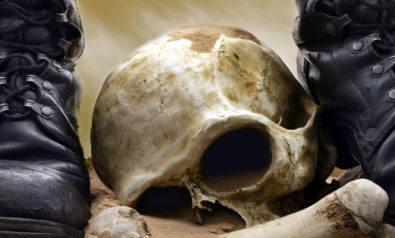
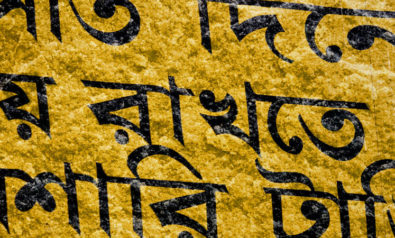
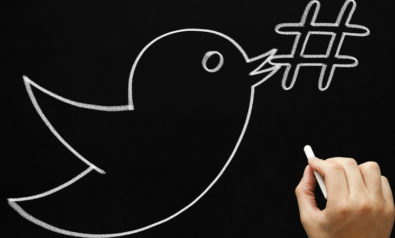
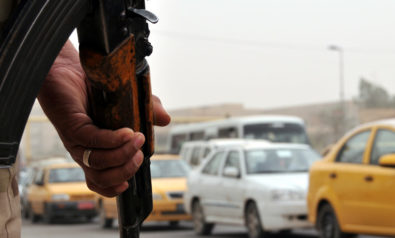
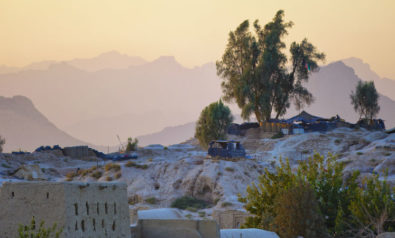

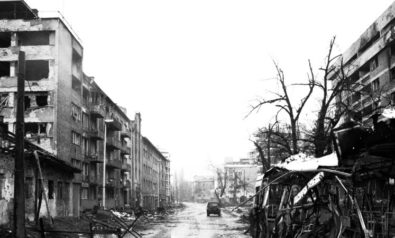
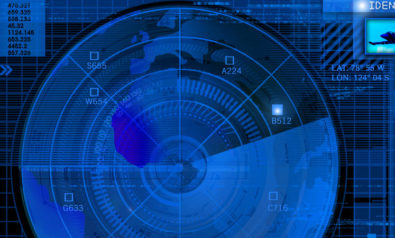
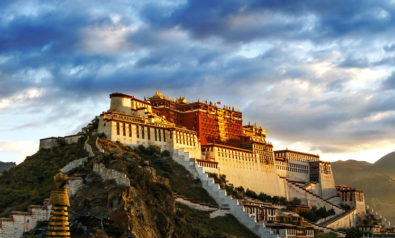
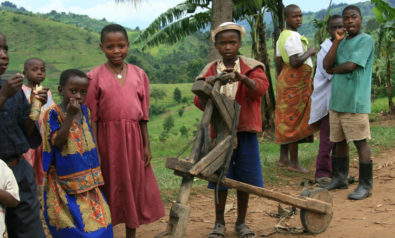
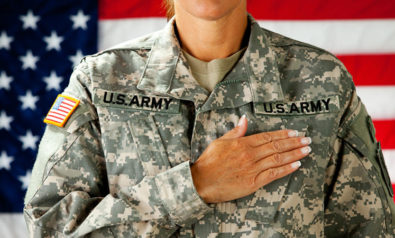


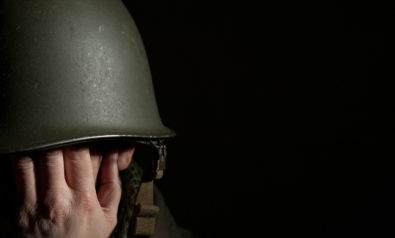
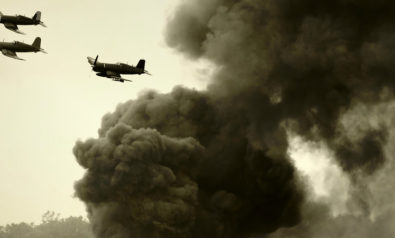
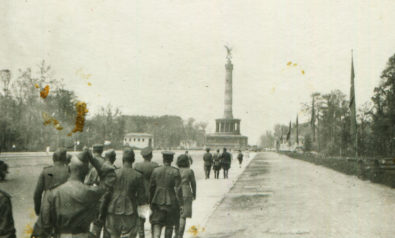




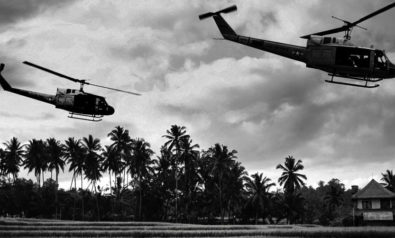

Comment